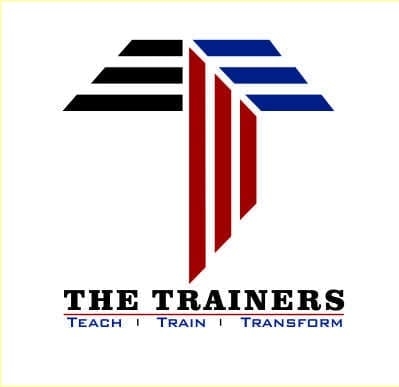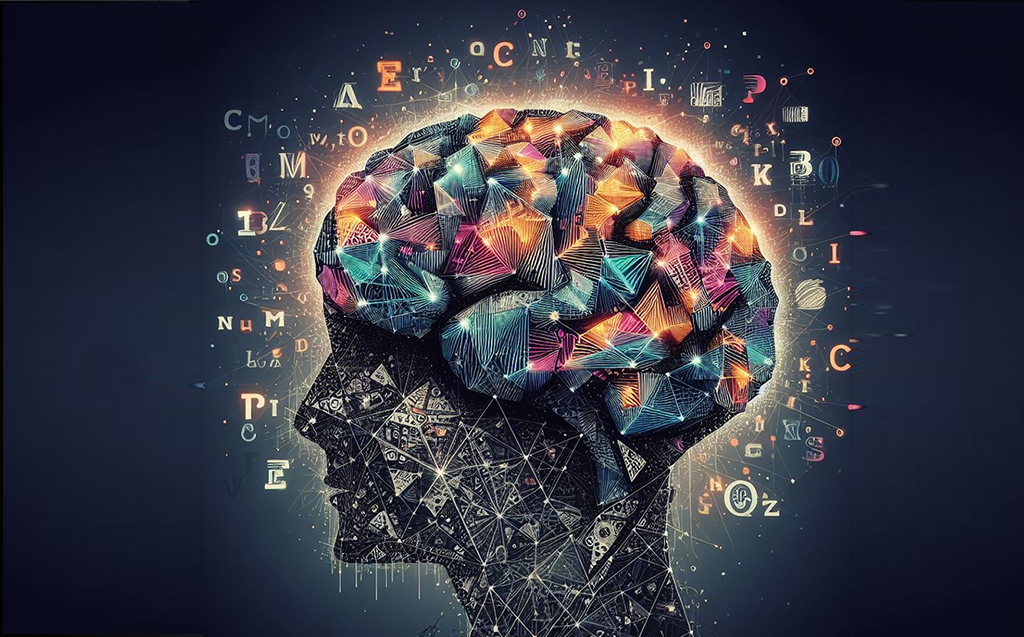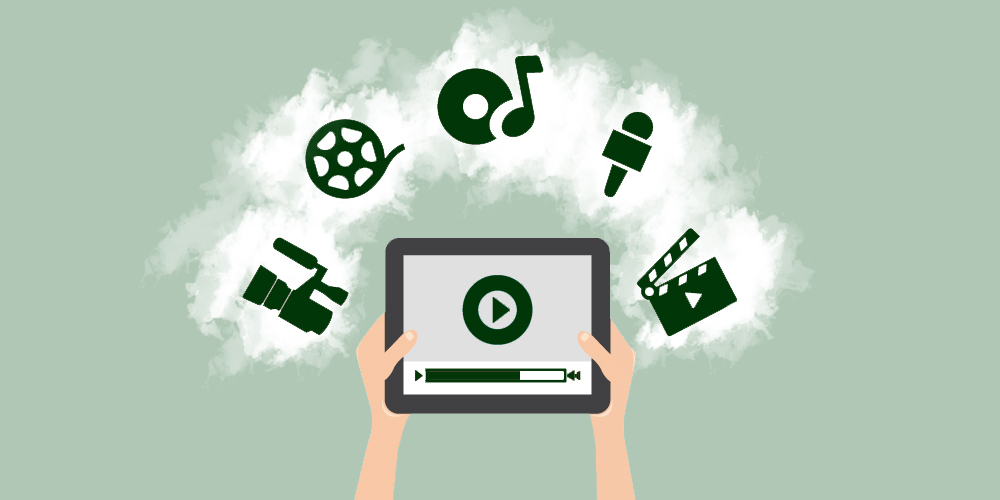
Augmented Reality in Higher Education
July 9, 2024
By Aida Mª Gómez López
Augmented Reality (AR) has burst into education like a technological whirlwind, dazzling students and educators. Imagine seeing three-dimensional models of molecular structures in your chemistry classes, or exploring ancient archaeological ruins without leaving the classroom. Since its appearance on the public radar with games like Pokémon GO, it has evolved to the point where it is revolutionizing the way we understand education, as it involves a 180° shift from traditional education. Now, learning goes beyond the pages of a book. Instead, we are talking about truly immersive experiences that, as we will see below, achieve greater involvement on the part of students, as well as improve their learning outcomes.
What is Augmented Reality?
Augmented Reality (AR) is the term used to describe the set of technologies that allow a user to visualize part of the real world through a technological device with graphical information added by the user. The term was coined in 1992 by the scientist Thomas P. Caudell while developing the Boeing 747. The researcher noticed that the operators assembling the aircraft were spending too much time interpreting instructions and thought it would be helpful if they had a screen to guide them through installation. Although the idea was unsuccessful, AR was emerging as a new field of research.
However, it was the famous game Pokémon GO, which popularized this technology in 2016, although at that time there were already many sectors that were using it to create more realistic experiences. Ultimately, AR helps us to create experiences that generate knowledge about our environment and allows us to obtain such information in real-time, since this information can be seen through different devices such as our cell phones.
Augmented Reality Applications in Higher Education
Augmented reality is utilized in higher education to visualize complex concepts like anatomy, chemistry, and physics. Students can use AR to view 3D models of molecular structures, anatomical systems, or physical phenomena, making abstract concepts more understandable.
Innovative applications of AR involve the creation of immersive and contextualized experiences that enrich the learning process and go far beyond the visualization of complex concepts. We can highlight:
1. Realistic simulations and practice: Realistic simulations use AR for students to practice medical procedures in a safe virtual environment, gaining hands-on experience without risk.
2. Exploring virtual environments: In architecture or urban design courses, students can use AR to visualize 3D models of structures in the context of their physical surroundings. Virtual field trips are also popular, allowing students to explore inaccessible places like archaeological sites and art museums without leaving the classroom.
3. Language learning support: The creation of interactive educational content allows educators to engage students in the learning process. For example, teachers can develop AR activities where students solve problems or explore concepts in a virtual environment, promoting deeper learning.
4. Creation of interactive educational content: This allows educators to create interactive educational content that engages students in the learning process. For example, teachers can develop AR activities where students must solve problems, complete tasks or explore concepts in a virtual environment. This encourages student participation and engagement, promoting deeper and more meaningful learning.
5. Access to rich educational resources: This provides access to interactive textbooks, 3D educational videos, and adaptive study apps. Students can use AR to scan textbook pages for additional multimedia content, enriching their learning experience.
Augmented reality in education offers innovative applications such as realistic simulations, virtual environment exploration, and access to enriched educational resources, transforming the way we teach and learn.

What empirical evidence is there on the advantages of using augmented reality in the classroom?
Several studies offer promising results on the effectiveness of applying Augmented Reality in classrooms. We can highlight the following key areas where empirical evidence has been found:
1. Improved comprehension and retention of material: Several studies have shown that using AR in the classroom can improve understanding and retention of concepts. For example, a study by Wu, Lee, Chang, and Liang (2013) found that students who used AR to visualize complex concepts in biology showed a better understanding of the concepts compared to those who used traditional teaching methods.
2. Increased participation and motivation: AR can increase student engagement and motivation in the learning process. Dunleavy, Dede, and Mitchell (2009) research found that its use in the classroom can increase student interest and foster greater engagement with academic content.
3. Promoting active learning: Allowing students to interact with content in a hands-on way, promotes active learning. A study by Klopfer, Squire, and Jenkins (2008) on using an AR environment for teaching natural science found that students were more engaged and actively participated in the learning process.
4. Improved problem-solving skills: Providing students with virtual environments where they can experience and practice applying academic concepts in practical situations, helps improve problem-solving skills. For example, a study by Akçayir and Akçayir (2017) found that the use of AR applications in mathematics teaching improved students’ problem-solving
5. Facilitating collaboration and teamwork: AR can facilitate collaboration and teamwork by allowing students to work together on virtual projects and activities. Research conducted by Huang et (2010) found that the use of AR in learning environments can improve communication and collaboration among students.
While the results are promising, it must be noted that augmented education is still relatively new, and more research is needed to fully understand its impact in classrooms.
Ethical Challenges and Considerations
While augmented reality offers many benefits for higher education, it also presents challenges and ethical considerations that must be addressed. One of the main challenges is accessibility. Not all students have access to AR devices, which can create a digital divide in the classroom, often linked to the socioeconomic status of families and which can lead to controversies for its implementation.
Furthermore, there is concern that the technology may distract students or take them away from the learning experience. It is important to find a balance in its use as an educational tool and ensure that students remain engaged with the academic content, without allowing AR to become a distraction or a mere game. Therefore, teachers need to have the appropriate training, as it will depend on them managing to use this technology effectively and being able to adapt it to the educational needs of students to obtain significant benefits in the teaching-learning process.
Moreover, it is important to consider privacy and data security. When using AR applications, students may be sharing personal and sensitive information. It is critical to ensure that students’ privacy rights are respected and that measures are taken to protect their data.
Conclusions
Augmented reality has the potential to transform higher education by offering more immersive, interactive, and personalized learning experiences. From visualizing complex concepts to creating simulations and virtual labs, AR offers a variety of applications that can enhance the educational experience for students. However, we must address the challenges it faces, some simpler such as teacher training, and others much more complex such as the ethical considerations we have seen previously. Nevertheless, by doing so, we will be maximizing the potential of augmented reality to enhance higher education and prepare students to succeed in an increasingly digitized world.
Billinghurst, M., & Dunser, A. (2012). Augmented reality in the classroom. Computer, 45(7), 56-63.
Johnson, L., Adams Becker, S., Cummins, M., Estrada V., Hall C., & Freeman, A. (2016). NMC Horizon Report: 2016 Higher Education Edition. Austin, Texas: The New Media Consortium.
Klopfer, E., Squire, K., & Jenkins, H. (2008). Environmental Detectives: The Development of an Augmented Reality Platform for Environmental Simulations. Educational Technology Research and Development, 56(2), 203-228.
Milgram, P., & Kishino, F. (1994). Taxonomy of Mixed Reality Visual Displays. IEICE TRANSACTIONS on Information and Systems, 77(12), 1321-1329.
Papagiannis, H. (2017). Augmented Human: How Technology Is Shaping the New Reality. O’Reilly Media.
Wu, H. K., Lee, S. W. Y., Chang, H. Y., & Liang, J. C. (2013). Current status, opportunities, and challenges of augmented reality in education. Computers & Education, 62, 41-49.
Dunleavy, M., Dede, C., & Mitchell, R. (2009). Affordances and limitations of immersive participatory augmented reality simulations for teaching and learning. Journal of Science Education and Technology, 18(1), 7-22.
Klopfer, E., Squire, K., & Jenkins, H. (2008). Environmental Detectives: The Development of an Augmented Reality Platform for Environmental Simulations. Educational Technology Research and Development, 56(2), 203-228.
Akçayir, M., & Akçayir, G. (2017). Advantages and challenges associated with augmented reality for education: A systematic review of the literature. Educational Research Review, 20, 1-11.
Huang, Y. M., Chen, Z. H., & Liu, T. Y. (2010). A study on an augmented reality-based mobile learning system for marine education. British Journal of Educational Technology, 41(2), 271-290.











